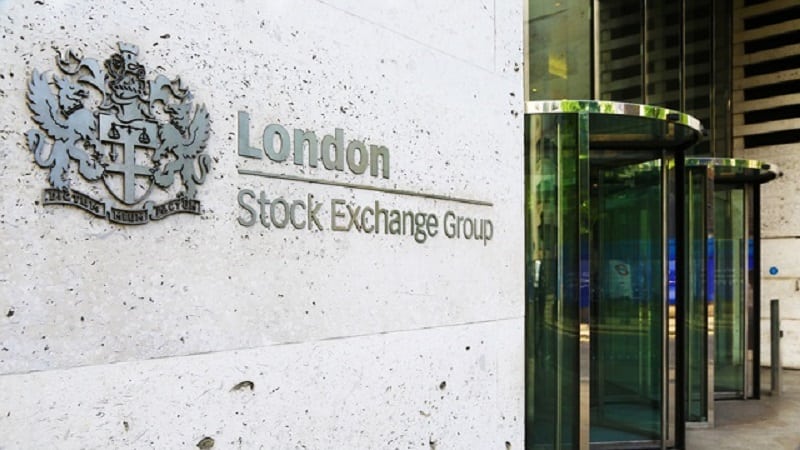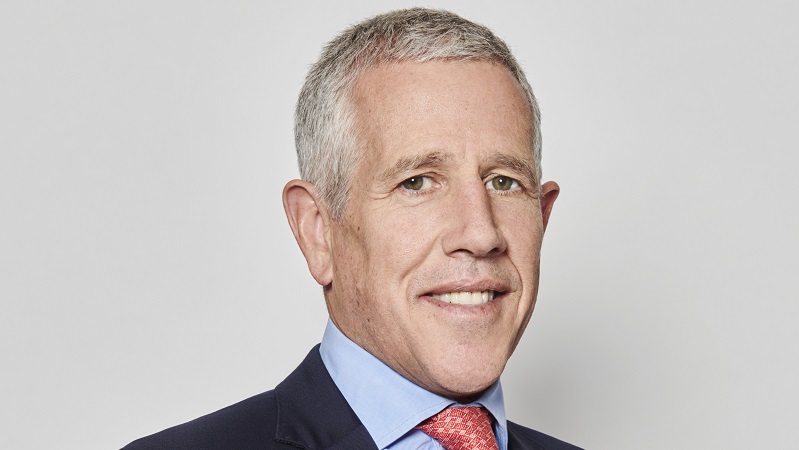At the end of March 2025, the Investment Association (IA) Technology and Technology Innovation sectorhad around 35 individual strategies totalling some £60.6bn of assets, with around a third of assets passive in nature predominantly via the exchange-traded route. To be eligible for inclusion, the IA states funds should invest at least 80% of assets in equities of technology and related sectors, including industries such as telecommunications, robotics and online retailers.
Investors have a wide range of choice within the sector. Aside from more broadly focused technology funds (both active and passive), which account for around 60% of the category by assets, the remaining 40% of the category focus on specialisation into more niche sub-sectors. These target thematic exposure to areas such as artificial intelligence (AI), cyber security, cloud computing, robotics and digitalisation, or to specific regional markets such as the US, Asia or Europe.
Many of these funds have been launched more recently as the themes play out and develop into investable strategies within what has the propensity to be a fast-moving universe. It should be noted there is also the potential for survivorship bias to be a salient feature in these sectors.
Investors who allocate to some of these niche sectors are likely to experience different investor outcomes versus those funds investing more generally in technology companies. There is the potential for less correlated returns to broader global technology strategies. For example one of the larger AI-focused passive strategies has exposure to consumer discretionary companies such as Amazon as well as advanced chip manufacturers such as Nvidia.
For those investors seeking pure-play technology exposure then the IA constituents offer the widest and most compelling options. However, investors allocating to broad global equities will still gain significant exposure to the technology sector, with information technology accounting for approximately 23% of the broad index. US-listed equities dominate global technology indices with around 70% exposure via names such as Apple, Nvidia and Microsoft. Prominent non-US names include ASML and Taiwan Semiconductor.
Significant sub-sectors within global technology indices include semiconductors, hardware, systems and software.
Macro backdrop
There has been a profound shift in global economic policy since 2022, with rising inflation countered by interest rates hikes, prolonged geopolitical sagas (Ukraine/Russia, Middle East tensions) and very recently the appointment (or comeback) of a US president seemingly hellbent on challenging the global status quo for trade.
In that time, the tech sector has seen an almost undulating performance, initially down heavily in 2022 as the unwinding of interest rates increased and growth was replaced by value, before recovering strongly in 2023 and 2024 as the US economy, led by its technology behemoths, drove on.
In 2025, year to date (to end March) we have seen the sector sell off once again, impacted more by tariff uncertainties coupled with high valuations. During the past three years, the technology sector has witnessed the AI updraft with the ‘magnificent seven’ (Alphabet, Amazon, Apple, Meta, Nvidia and Tesla) collectively experiencing very strong cumulative performance.
The growth of these ‘hyperscalers’, with rapid and rising demand for larger datacentres, has seen their earnings grow exponentially in some cases, with valuations similarly being at peak levels. One cannot underestimate the impact of AI over this period, and going forward, too.
McKinsey & Company research notes that ‘Gen AI’ saw a spike of almost 700% in Google searches between 2022 and 2023, underpinned by a remarkable pace of technological innovation filtering across multiple sectors outside technology. New trends in AI, such as robotics, continue to emerge, while chatbots have also entered the mainstream, evolving quickly with AI learning.
Performance review
The Dow Jones Global Technology index has been significantly more volatile, in terms of standard deviation over the past three years to the end of March 2025, compared with the MSCI AC World index and the IA Technology & Technology Innovation sector.
However, investors have been more than compensated in terms of cumulative performance and from a risk adjusted perspective with an index return of 40.3% easily surpassing global equities return of 24.7% and the IA Technology & Technology Innovation sector return of 22.1% (all returns in GBP).
Read the rest of this article, plus funds to watch by assets under management, three-year performance and newcomers in May’s Portfolio Adviser magazine









